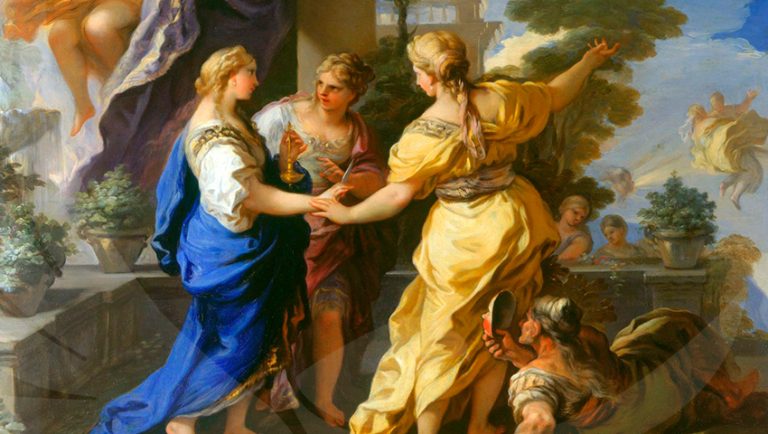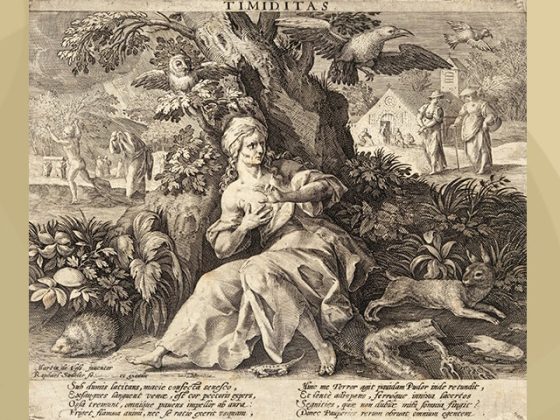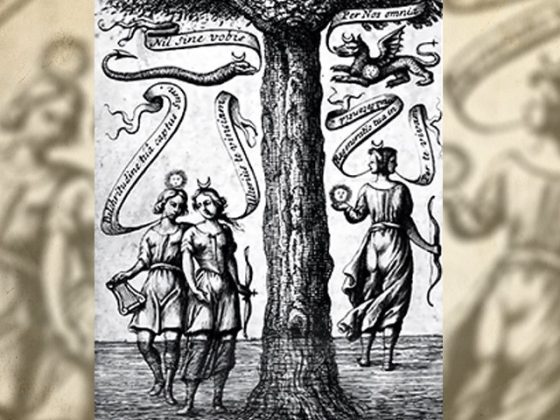FUNDAMENTAL TEACHINGS ABOUT MEDITATION
What we search for with the technique of meditation is information. A microscope can inform us about the life of microbes, bacteria, cells, microorganisms, etc. Any telescope can give us some rough information about the celestial bodies, planets, meteorites, stars, etc. But meditation goes very far beyond, because it allows us to know the Truth, from an ant to a sun, the Truth of an atom or of a constellation.
The most important thing is to learn to know in what way we must take the Consciousness out of the mind and of the Ego, how we are going to extract the Consciousness from the feeling. When we subdue the mind and the feeling, we are obviously breaking chains, we are getting out of that fatal dungeon, of that prison. In these conditions, we are preparing for meditation.
First of all, the most important thing is to know how to meditate. One has to learn the correct technique. In the Eastern world, a lot of emphasis is given to the position of padmasana, with the legs crossed. But we are not Easterners, and we can meditate according to our customs and manners; besides, not all Easterners meditate with the legs crossed. In any case, each one must adopt the position that suits him best. Whoever wants to meditate with the legs crossed, he may do so, we are not going to forbid it, even if it is not the only practical asana for meditation.
For a correct meditation we can sit in a comfortable armchair with the arms and legs well relaxed, with the body in general well relaxed, so that no muscle remains tense. There will also be those who want to adopt the position of the five-pointed flaming star: the two arms opened to the sides and the legs also opened to the sides, lying down in dorsal decubitus on the floor or on the bed, with the head toward the north. Anyway, each one can adopt the posture or position they want or which best suits them. If we truly want to take our Consciousness or Essence out of the mind or out of the feelings or out of the psychological “I”, then the position that we adopt is of little consequence. The only interesting thing is to know how to meditate, the rest does not matter.
Anyone can adopt an oriental position if they want; if someone else adopts an occidental position, he can do it; if another wants to adopt any other position that seems better to him, he can do it. The important thing is that he is comfortable and that he can do a good meditation. Each person is different, and the only thing that one has to do is to find the most comfortable position without clinging to any rule or standard of asana or system. Yes, it is very much recommended to relax the body; this is indispensable in whichever position for the body to be comfortable, this is obvious.
We must always allow the Consciousness to be the one that acts, the one that commands, the one that works, the one that speaks, does and executes all our daily activities. This way we harmoniously prepare for meditation.
Usually, the mind lives permanently acting and reacting according to the impacts of the exterior world. Let us compare this with the case of a lake in which we throw a stone. We see how it produces many waves that go from the center toward the periphery: it is the water’s reaction to the impact coming from the exterior world.
Something similar happens to the mind and the feelings. If someone hurts us with harsh words, that impact of the harsh word reaches the intellectual center or thinking center, and from there we react in a violent way. If someone offends our self-love, we feel upset and we possibly react in a brutal way.
In all circumstances of life, the mind and the feeling take an active part and react incessantly. The interesting thing would be, my dear disciples, to give no opportunity to the feeling, nor to the mind. A passive mind is urgent.
When the process of thinking has been exhausted, the new comes; one has to know how to understand this. A mind that does not project, a passive mind at the service of the Being, becomes an efficient instrument, because the mind is made to be receptive, to serve as a passive instrument, and not as an active instrument.
The mind, in itself, is feminine, and all the centers must work harmoniously according to the universal symphony of passive serenity. In these conditions, we must not allow the mind nor the feelings to take part in the diverse circumstances of our existence.
Until a little while ago, I myself was thinking that the feelings belonged to the Being, but with investigation and experience, I came to verify that they belong to the Ego, and that they are intimately related to the inferior emotional center.
The therapy –which we need to know in depth in order to avoid any inner imbalance with exterior repercussions– is to not allow any kind of reaction the mind. If someone hurts us, not allow the mind to react.
It is clear that the passive state of the mind, of the feeling and of the personality demands a tremendous activity of the Consciousness. This indicates to us that the more active the Consciousness remains, the better it is for achieving its awakening, because this way, the Consciousness, being in a state of permanent activity, will have to inevitably awaken.
Buddha Gautama Sakyamuni comes to my mind in these moments. On a certain occasion, the Great Buddha was sitting at the foot of a tree in profound meditation when an insulter arrived. He threw all his defamatory slime against the Buddha, he tried to hurt him terribly with words. The Buddha continued meditating, but the insulter continued provoking, insulting, hurting. After a while, the Buddha opened his eyes and asked the insulter: “Oh, my brother, if you are brought a present and you do not accept the present, whom does this present belong to?” The insulter replied: “Well, to the one who brings it, of course.” Then the Buddha told him: “My brother, take your present, I cannot accept it.” And he continued meditating.
This is a lesson as sublime as it is beautiful. The Buddha did not allow his mind nor his feelings to react, because the Buddha lived fully awakened, within his own Consciousness, and he did not give any opportunity to the mind nor to the feelings to react at any moment, under any circumstances. That is how we must proceed, dear disciples.
The school, we have it everywhere; we only have to know how to take advantage of it, to know how to train ourselves, giving greater and better opportunities to the Consciousness to work in a continuous manner, from moment to moment, until awakening completely. The school, we have it everywhere; we only have to know how to take advantage of it properly, wisely. We have it in our home, at the office, in the workshop, at the factory, in the company, on the street and everywhere; even in the temple, with the study mates, with the children, with the parents, with the spouse, nephews, grandchildren, cousins, relatives, friends, etc.
Every psychological gymnasium, for as hard as it may be, for as difficult as it may seem, is indispensable to us. The entire secret is in not allowing the feelings nor the mind to interfere in the practical matters of our life.
We must always allow the Consciousness to be the one that acts, the one that commands, the one that works, the one that speaks, does and executes all our daily activities. This way we harmoniously prepare ourselves for meditation.
Speaking now of the practical field of meditation, we have to say that what we seek is precisely to go beyond the mind and the feelings, and this is possible if we have trained intensely in practical life, and if we have prepared through daily life for these marvelous purposes.
This matter of meditation becomes difficult when we have not gone through a rigorous training in the practical daily life, when we have not properly trained in the psychological gymnasium of the social and familiar coexistence of our daily life.
During meditation we must unbottle the Essence, the Buddhata, the best that we have within us, the worthiest, the most decent. This Essence or Buddhata is precisely found buried among the inhuman elements, amid that compound of psychological aggregates that constitute the Myself, the Oneself, the Ego.
It would not be possible to experience the Real, the Truth, that which certainly interests us all, if we do not succeed in taking our Essence out of the Ego. An Essence bottled up in the Ego cannot experience the Real; it must always live in the world of dreams, in the intellectual center, in the instinctive center, in the emotional, in the motor center or in the sexual, but it can in no way escape to experience the Truth.
When we succeed, in the absence of the Ego, to experience the Truth, we can witness an element that radically transforms. It is an element of a very high voltage. This is possible, but one has to know how: by putting the Consciousness to work so that it completely replaces the mind and the feeling; so that it may be the Consciousness incorporated, integrated within us, the one that functions. We must have a passive mind, a passive feeling, a passive personality, but a totally active Consciousness. Comprehending this is indispensable, it is urgent in order for us to become practical in meditation.
Lecture given to Gnostic students
VM Samael Aun Weor





